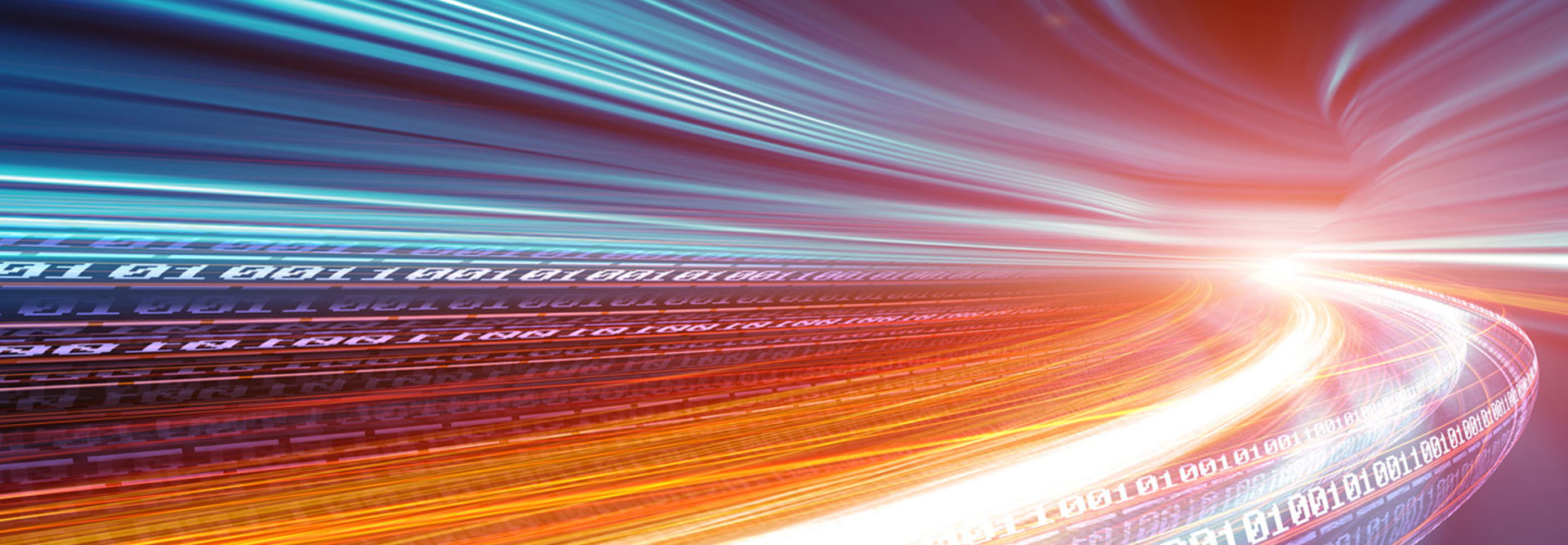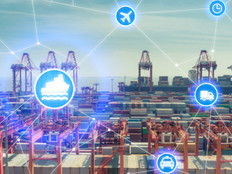How IoT Data Can Reshape Your Industry
The Internet of Things is more than just hype. It is already reconfiguring businesses around the world.
According to a recent Cisco Systems survey, “The Journey to IoT Value: Challenges, Breakthroughs, and Best Practices,” 73 percent of respondents say they are using IoT data to improve their businesses.
IoT data that companies gather from sensors and devices is most often used to improve product quality or performance (47 percent), make better decisions (46 percent) and lower operational costs (45 percent), Forbes notes.
Additionally, companies use IoT data to improve or create new customer relationships (44 percent) and reduce maintenance or downtime (42 percent).
The study is based on a survey of 1,845 IT and business decision-makers in the United States, United Kingdom and India. Cisco surveyed respondents in multiple industries, including manufacturing, local government, retail, hospitality, sports, energy, transportation and healthcare.
How is IoT reshaping key industry verticals? Here is a quick look at four of them.
IoT Is Changing the Enterprise Office Space
Beyond supplying various types of analytical and operational data, IoT networks promise to transform conventional business offices into highly efficient “wired workplaces.”
Network monitoring and management of HVAC systems, for instance, will lead to lower utility costs by precisely regulating heating, cooling and light use. Organizations will also benefit from presence-tracking technologies that bolster employee performance and encourage more face-to-face encounters. IoT-enabled tracking of confidential documents, media and prototypes will help prevent unauthorized access to corporate secrets.
Yet the wired office also creates new security concerns. “Any IoT device that uses a web server can be attacked from anywhere in the world,” warns Wieland Alge, a Barracuda Networks vice president. “Many current IoT devices employ only the most basic of security settings as standard.”
IoT Helps Sports Teams Separate Data Streams
Sports and entertainment venues require IoT networks that can accommodate data related to multiple types of tasks and users. Security in such busy, diverse environments generally requires network segmentation.
“You want to make sure you can separate guest traffic from public safety traffic and from the traffic that concessions sales generate,” says Trent Fierro, software and security solutions marketing director for Aruba Networks.
Facility operators often establish common access policies that are role- and device-based and that segment access dynamically. “You want to ensure there’s a separation of traffic depending on the person’s role and the role of the equipment — such as point-of-sale machines or security cameras — being used,” Fierro says.
IoT Lets Energy Firms Build Smarter Grids
For energy providers, IoT promises better management of assets and operations, enhanced reliability, improved security, streamlined customer service and the development of new business models and services.
An emerging “smart grid,” incorporating IoT controls and sensors, promises to be far more responsive, interactive and transparent than today’s grids. By providing deeper insights into capacity demand, issue identification and pricing options, the smart grid will enable utilities to launch a new array of customized services at both the wholesale and consumer levels.
Fog computing, which speeds data analysis by bringing analytics closer to the data-collecting device, will make the smart grid more responsive and versatile. “Fog computing will directly benefit energy IoT networks, as advanced energy applications make use of fog across a spectrum of use cases,” says Brent Hodges, industrial and telco IoT lead for Dell.
IoT Gives Retailers Insight into Customer Behavior
IoT data collected along the supply chain gives retailers end-to-end visibility, improving inventory and quality control efforts. Meanwhile, on the sales side, fixed and mobile point-of-sale data helps retailers understand the past, monitor the present and forecast the future.
“Retailers are gaining a wealth of information,” says Greg Schulz, founder and senior adviser with Server and StorageIO.
IoT-powered insight into consumer preferences can be used to drive concierge-like customer services and personalized specials to boost sales, increase profits and elevate the overall shopping experience. IoT data can also be used to judge the performance of stores and sales associates, allowing retailers to reward efficiency and address shortcomings.
For more on how to get your networks ready for IoT, visit CDW.com/IoT.








